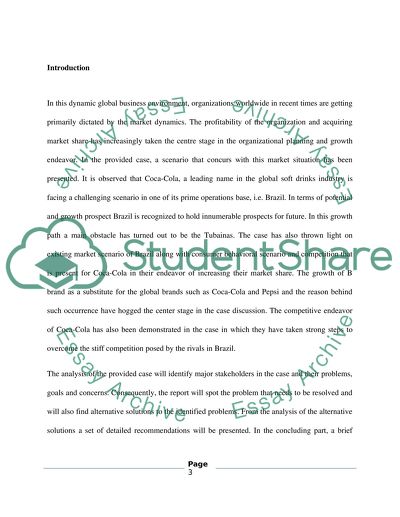Cite this document
(“International business case analysis----coca cola Essay”, n.d.)
Retrieved from https://studentshare.org/environmental-studies/1405240-international-business-case-analysis-coca-cola
Retrieved from https://studentshare.org/environmental-studies/1405240-international-business-case-analysis-coca-cola
(International Business Case Analysis----Coca Cola Essay)
https://studentshare.org/environmental-studies/1405240-international-business-case-analysis-coca-cola.
https://studentshare.org/environmental-studies/1405240-international-business-case-analysis-coca-cola.
“International Business Case Analysis----Coca Cola Essay”, n.d. https://studentshare.org/environmental-studies/1405240-international-business-case-analysis-coca-cola.


